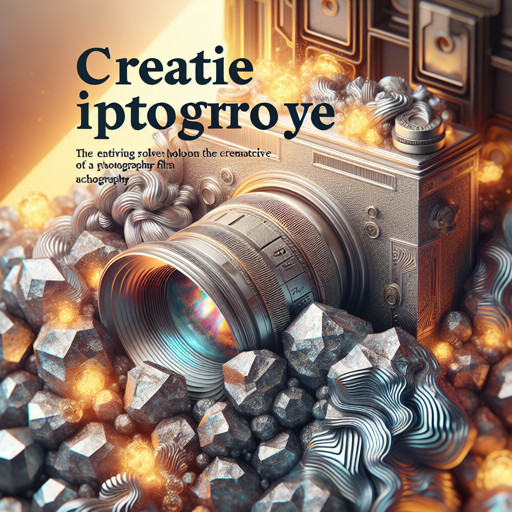The Silver Lining in Photography
Exploring the enduring role of silver in the world of photographic film.

Introduction
Photography has transformed the way we perceive the world, and at the heart of this transformation is a lustrous, precious metal - Silver. Its unique photosensitive properties have been instrumental in the evolution of film photography.
Silver and The Birth of Photography
Silver’s foray into photography began in the early 19th century with the invention of the daguerreotype, the first publicly available photographic process. This process involved treating a silver-plated sheet with iodine vapor to form a light-sensitive layer of silver iodide. Upon exposure to light, the silver iodide decomposed, leaving behind a metallic silver image.
The Role of Silver in Film Photography
In film photography, silver plays a critical role in capturing and preserving images. Photographic film consists of a plastic base coated with a light-sensitive emulsion made of silver halide crystals. When the film is exposed to light, it reduces the silver ions in the crystals to metallic silver, creating a latent image. This latent image is then developed into a visible picture through a chemical process.
Silver and The Digital Revolution
Despite the shift towards digital photography, silver-based film still holds a unique place. It offers a distinct aesthetic quality that digital photography can’t replicate. Moreover, silver halide prints have a much longer life expectancy than digital prints.
“In photography, silver is more than just a precious metal. It’s the very essence of the art form.” - Ansel Adams
Silver in Photography: Key Facts
| Year | Milestone |
|---|---|
| 1839 | Invention of the daguerreotype |
| 1880s | Introduction of silver gelatin |
| 1925 | Launch of the first 35mm camera |
| 2000s | Shift towards digital imaging |
External Reference
For more information about the role of silver in photography, visit the Kodak’s guide on understanding silver halide.
Conclusion
Silver’s impact on the world of photography is undeniable. From the early daguerreotype to modern film, it has been a constant companion in our quest to capture moments in time. Despite the digital revolution, the role of silver in photography continues to endure, bearing testament to its unique properties and the irreplaceable quality it brings to the art of image-making.